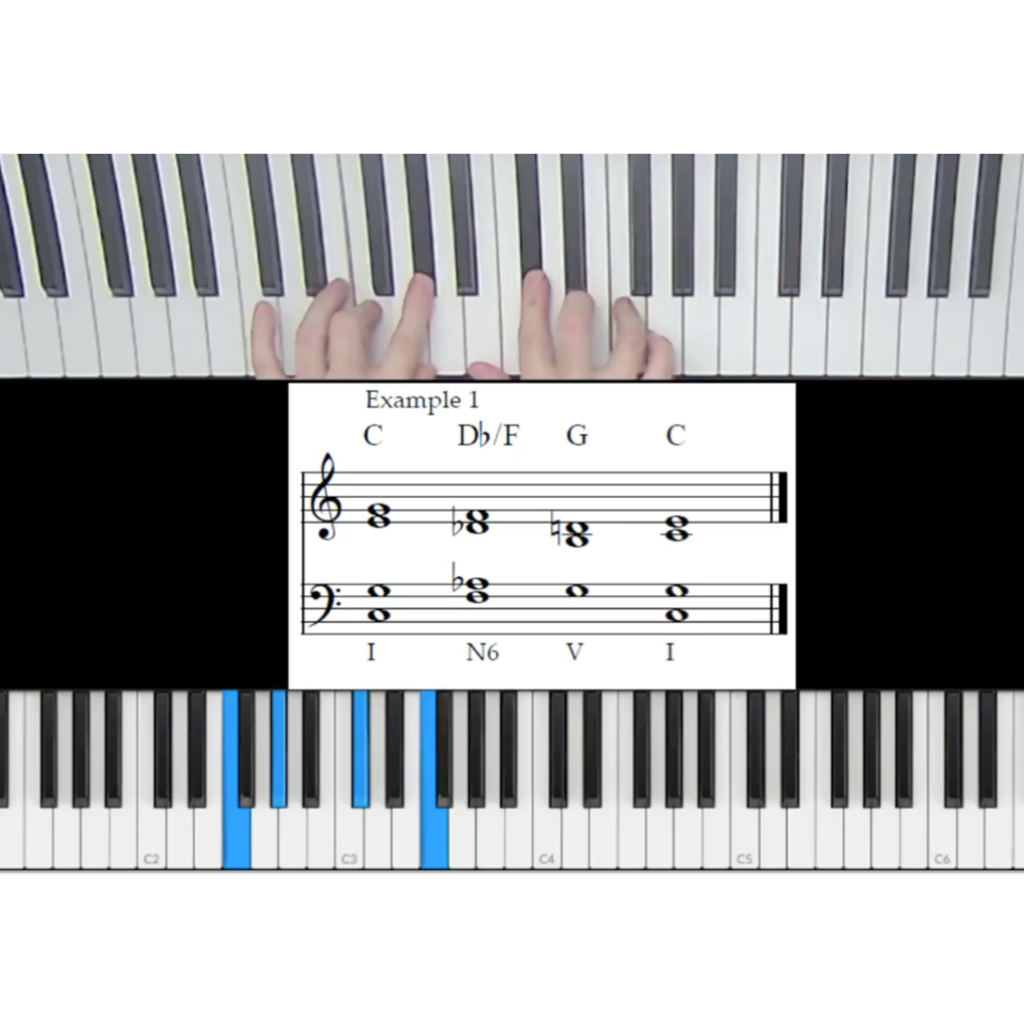Once again, a total winner.
I bought all these courses by Davis. I have seen many courses, and have a pile of the best music theory books anywhere. Although I classify myself 'only' as a guitarist,I do this as a 'safe bet' because I found the guitar easy (it's good to balance easy and difficult, in my opinion). I have studied classical piano for a few years, tonal harmony, the basics of orchestration, the basis of counterpoint, (and these 'basics' can be pretty powerful) and decent sight-reading at the piano. I mean, if it hasn't downed on you yet: no matter what your main instrument, you should take up the piano as a secondary one. Fast. So on the outside I am a guitarist, but 'inside' I am more than that, to simplify. And 'decent' sight-reading can translate to 'quite powerful!' compared to someone who doesn't have these skills. The fact is that you don't have to be a score reading wizard, and the benefits of being a fluent reader are incredible, for example I navigate the scores and (because of my background) the explanations by Robert Davis VERY smoothly. Which in turn makes it for faster learning.
So these courses are actually excellent for those like me who have already established a good basis (these courses are NOT for beginners, or people who can't read a bar of music to save their lives).
The first thing I commend in this course, are the excellent annotated scores. They clarify the musical material as much as possible, even using colour coding. This is super useful, as to me the best teaching is the one that doesn't waste time or words and immediately shows me what I can use and how I can learn it, or improve on it.
Secondly, I am a big fan of 'chords', which is ironic, as I am very well aware that NOT everything can be explained with chords....once your understanding of music theory goes past the intermediate level (to say nothing of the beginner one, and this is why so many whine about music theory and how they can't do anything with it: to reap the benefits you have to go beyond the basics, otherwise it will never make sense to you) you'll see that all the material that is not chord based, can mainly be explained as appoggiaturas, passing notes, auxiliary notes, suspensions, embellishments, etc.....never the less, as CH Kitson wrote: 'chords are the four walls of the house'. They have limits, but you'll always find them as a first attempt, quick way to understand a particular texture.
So the course has this element, harmonic reductions, or 'block chords' where possible. Great. The main element covered in this course, however, is the concept of motifs, what it means and how to use them. It's pretty clear to me that no music can ever be good without motifs....they are found everywhere from Yankee Doodle to all the works of all the best composers ever. Even in a jazz or rock solo, if you insert some of this after some 'licks', a motif will immediately stand out all the more, because it contrasts with the more free form stuff. (and why the free form stuff such as 'licks' -I hate that term- work even though they are NOT motifs, is an explanation for another day, but this too can be explained.).
I can see this powerful technique all traces back to the old counterpoint rules, i.e. the fugue. I am not a musicologist, but I am probably not far wrong, if I am at all.
In short, you can't be a good musicians if you don't know how to harness musical material such as motifs: they are the most important understanding of FORM. As Schoenberg wrote: 'Our minds can only understand things in patterns: it cannot comprehend what is formless'. Whether or not you like or understand Schoenberg's music (I don't, and few ever did), the man was a consummate and highly knowdgeable musician.
There's a zillion uses for motifs, regardless of what instrument you play or what type of music you write. One big advantage is that you can get a lot of 'musical mileage' with skilful use of motifs, and this is what Davis shows you in this course.
What are you waiting for? Jump in already.





